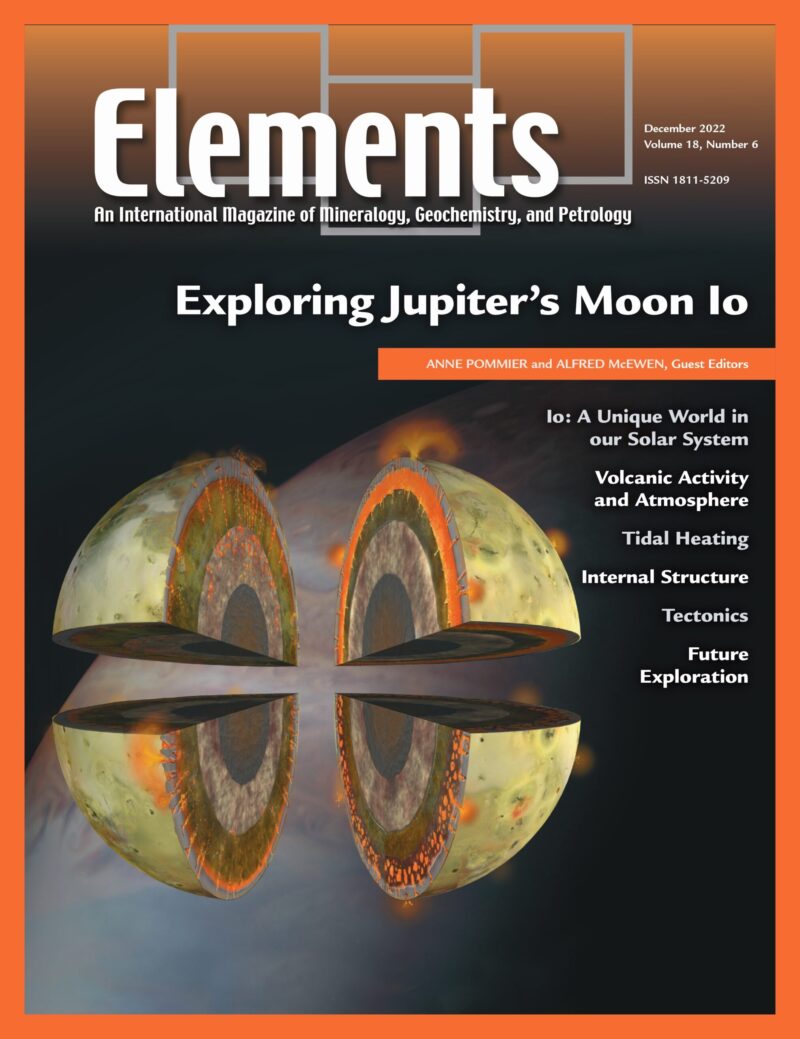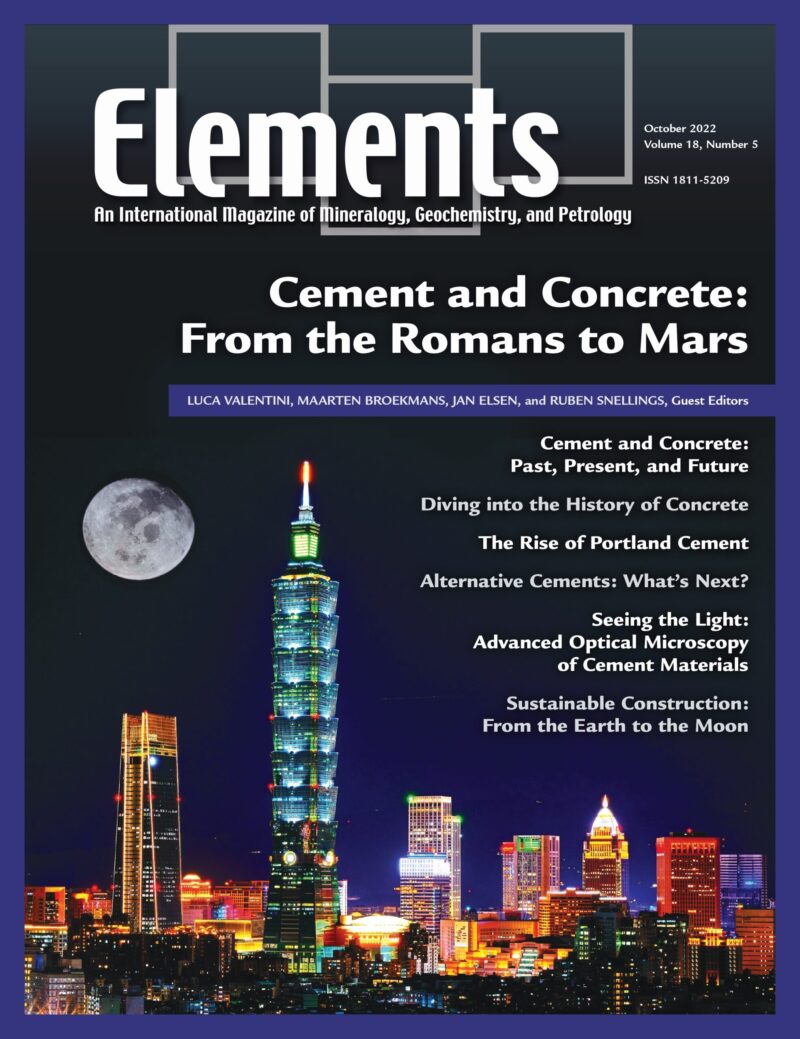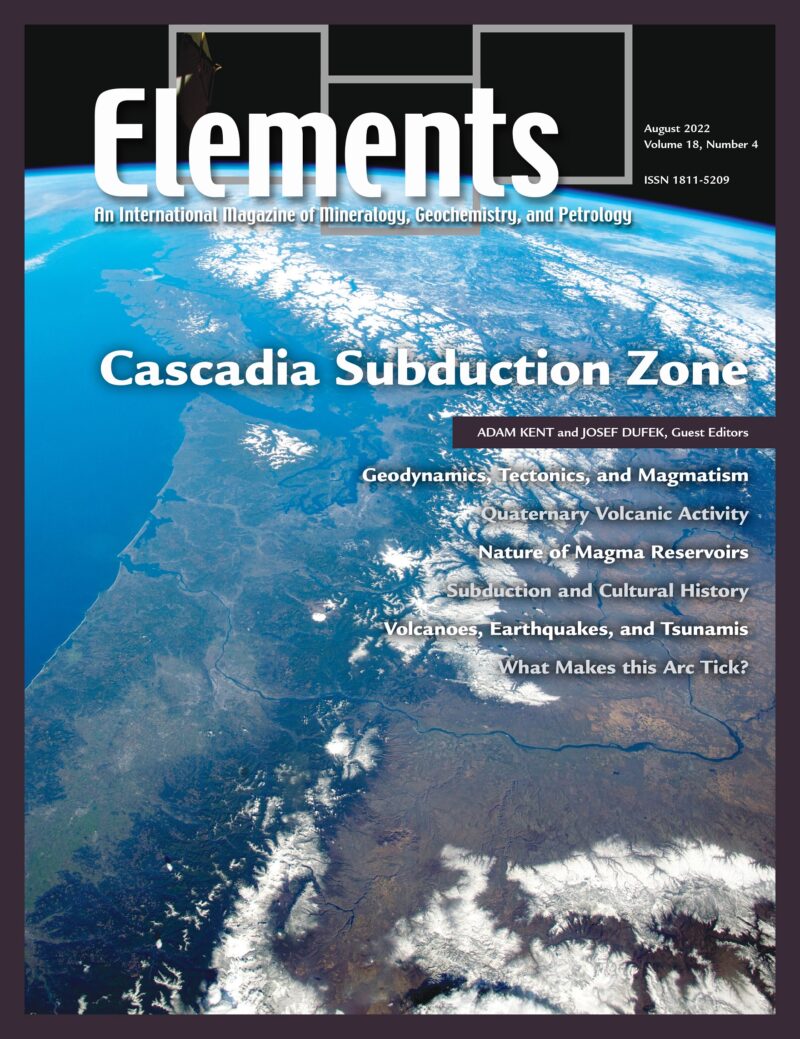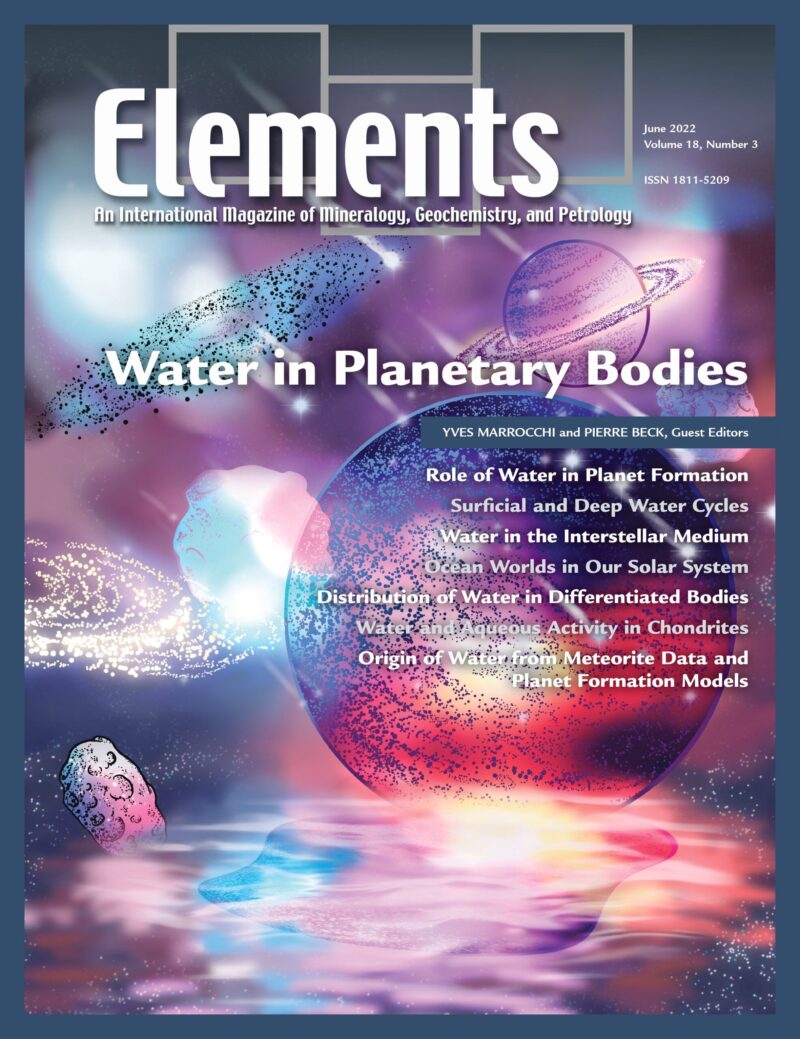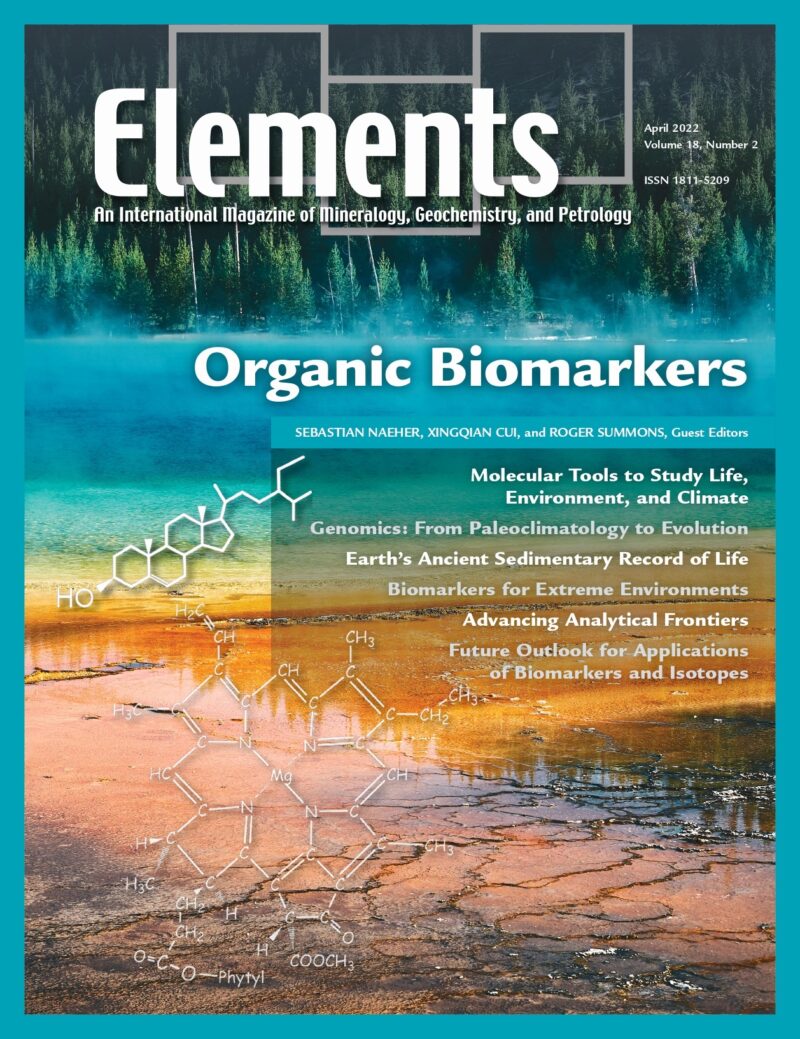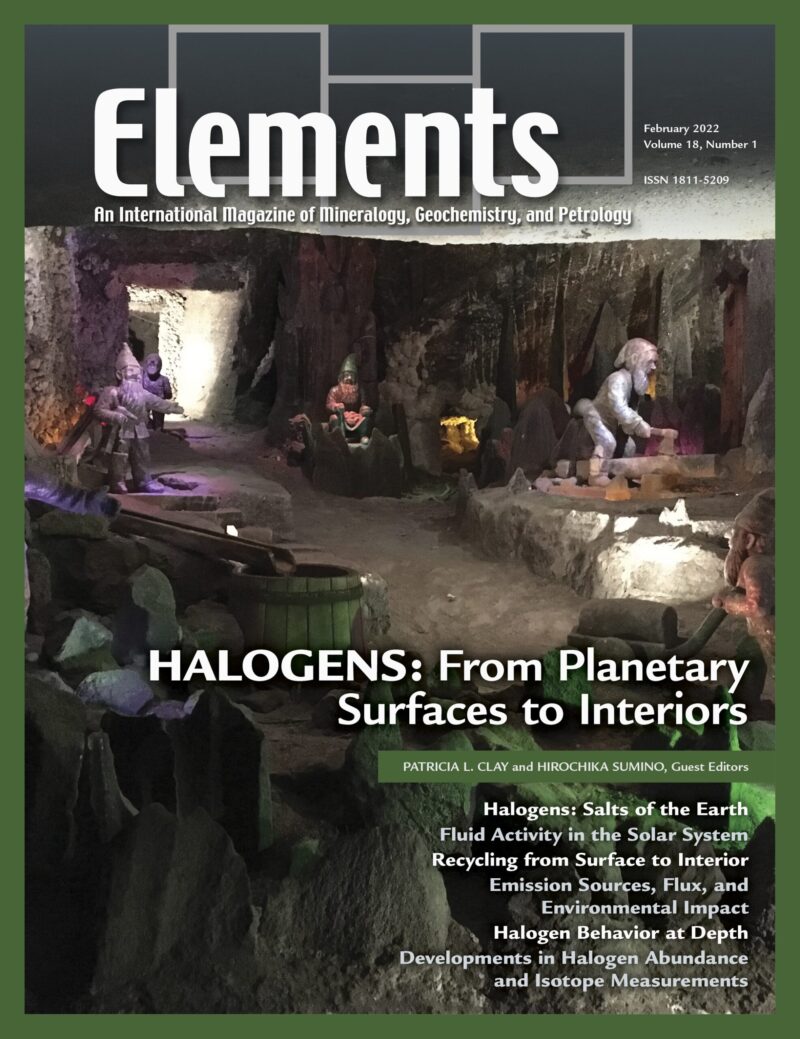-
Exploring Jupiter’s Moon Io, December 2022, Vol. 18, No. 6
$20.00Jupiter’s moon Io is the best place to understand a fundamental planetary process that shaped terrestrial planets, icy ocean worlds, and extrasolar planets: tidal heating. Io is the most tidally heated world in our Solar System and may contain a magma ocean.
-
Cement And Concrete: From The Romans To Mars, October 2022, Vol. 18, No. 5
$20.00Portland cement represents an essential commodity in a developing and quickly urbanizing world. However, the downside of its popularity is a massive ecological footprint, in terms of global warming potential and consumption of mineral and water resources.
-
Cascadia Subduction Zone, August 2022, Vol. 18, No. 4
$20.00Subduction zones—some of the most active geological regions on Earth—are also home to dynamic landscapes and destructive geological events. The Cascadia subduction zone (also known as Cascadia) runs along much of the western margin of North America and occupies an influential place in the global pantheon of subduction zones.
-
Water In Planetary Bodies, June 2022, Vol. 18, No. 3
$20.00Despite being a simple molecule, water has played a key role in shaping the Solar System from the formation of early solids to the processes of planetary and moon formation. Through its astrophysical cycle, water has driven the evolution of protoplanetary disks, which, in turn, has affected the water budget of terrestrial planets and, therefore, their geological activities and habitability.
-
Organic Biomarkers, April 2022, Vol. 18, No. 2
$20.00Biomarkers are molecular fossils that are preserved in a wide range of environmental archives (e.g.
-
Halogens: From Planetary Surfaces To Interiors, February 2022, Vol. 18, No. 1
$20.00The halogen-group elements (F, Cl, Br, and I) are common in the terrestrial inventory, though often present in trace amounts in many Earth and planetary materials. The halogens play a key role in a variety of geologic environments and processes, from mineralization to their influence on the composition of Earth’s atmosphere when released as oceanic, volcanogenic, and anthropogenic emissions.

